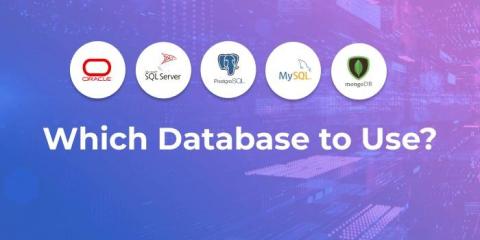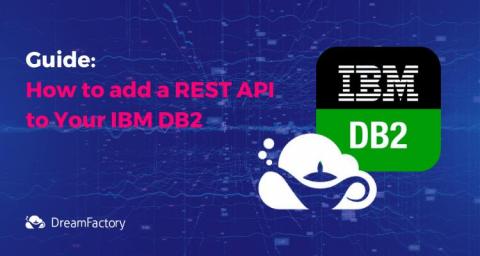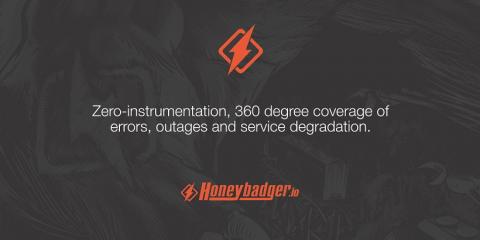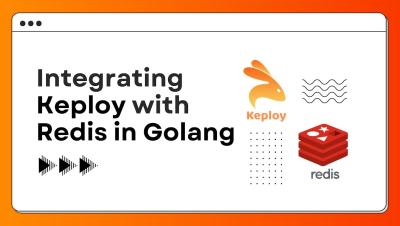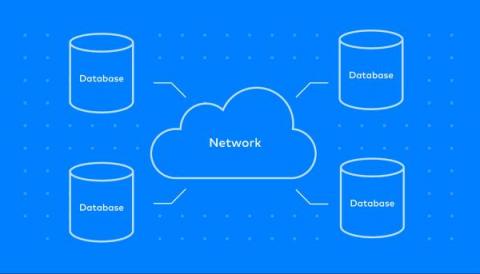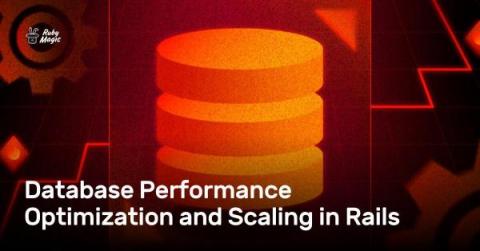Systems | Development | Analytics | API | Testing
Databases
Add a REST API to Your IBM DB2 Database in Four Easy Steps
Using DynamoDB With Python
DynamoDB is a fast and performant NoSQL database for creating highly available web applications. This article explores how to interact with DynamoDB in Python using the Boto3 library and covers in-depth concepts such as concurrency, leader model, throttling, and more.
What Are the Top 10 SQL Server Data Tools for 2023?
MongoDB vs. Redis - Which Database Should You Use?
Integrating Keploy with Redis in Golang
The ultimate guide to using distributed databases
A distributed database can offer benefits and tools to any company’s data storage and analytics processes — as long as they know how to use one.
Securing a PostgreSQL API
Database Performance Optimization and Scaling in Rails
Web applications usually rely heavily on databases, for the most part. And as applications grow, databases grow too. We keep scaling web servers and background workers to keep up with the heavy load. But eventually, the database needs to keep up with all the new connections from these processes. One way to tackle this is to grow a database with an app using vertical scaling. This means adding more CPU power and memory to the database server. But this is usually slow.
Transaction Support in Cloudera Operational Database (COD)
CDP Operational Database enables developers to quickly build future-proof applications that are architected to handle data evolution. It helps developers automate and simplify database management with capabilities like auto-scale, and is fully integrated with Cloudera Data Platform (CDP). For more information and to get started with COD, refer to Getting Started with Cloudera Data Platform Operational Database (COD).


